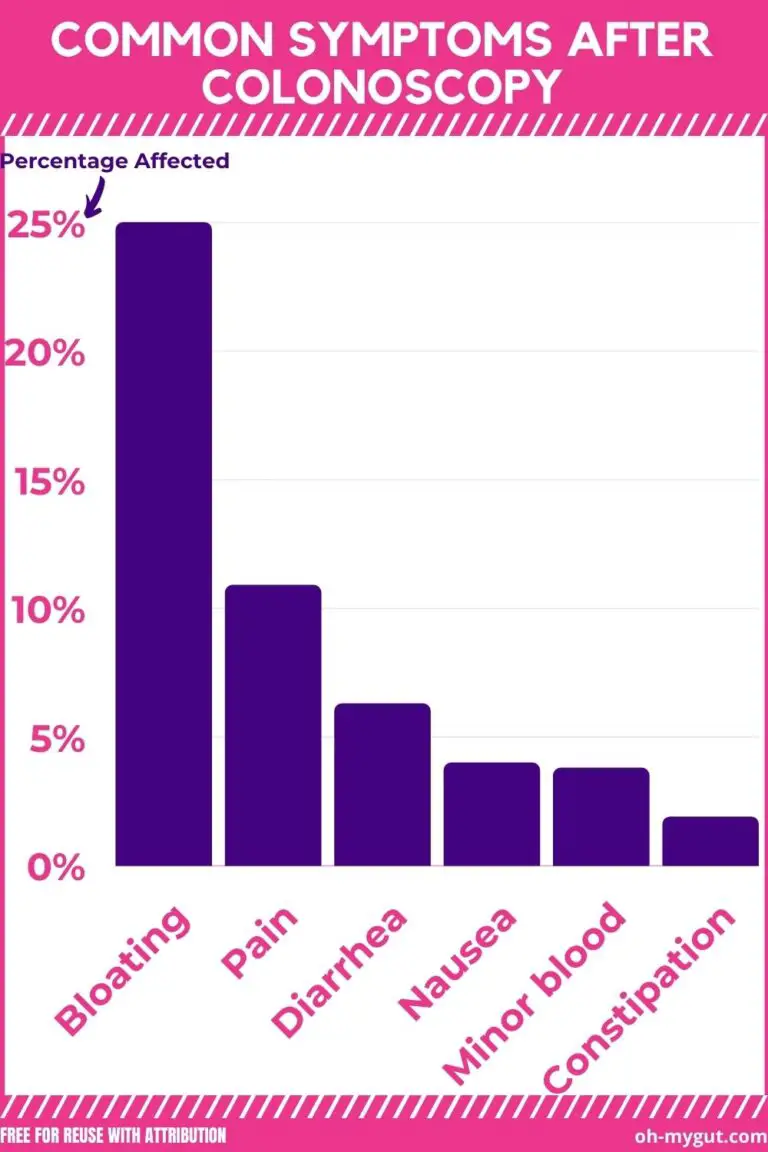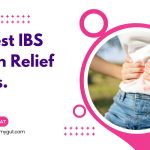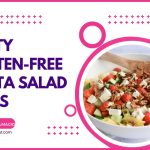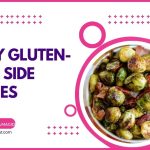Can I Eat Pasta After a Colonoscopy? & When? (GI Doctor Explains).
Our content is not intended nor recommended as a substitute for medical advice by your doctor. Use for informational purposes only.
The short answer.
Pasta is generally not contraindicated after a colonoscopy. However, it’s essential to consider the type of pasta and the precise timing of reintroducing it into your diet. One must also factor in one’s individual health condition and adhere strictly to the guidelines given by their healthcare practitioner.
Bullet Summary:
- Consumption of pasta is generally deemed safe post-colonoscopy.
- The reintroduction of solid food items like pasta to one’s diet varies significantly from person to person.
- The timing of reintroducing pasta should be dictated by your unique health status, any complications experienced during the procedure, and the advice of your medical expert.
- Some alternatives may be easier on the digestive system immediately following a colonoscopy.
What Elements Influence Your Dietary Habits Post-Colonoscopy?
Post-colonoscopy, there are a number of variables that could impact your diet, such as:
- The colonoscopy procedure itself: Prior to a colonoscopy, the bowel preparation process often leads to a more sensitive digestive system that is prone to potential irritation.
- Individual health status: One’s age, general physical well-being, and other medical conditions (especially the original health issue or disease of the colon as IBD or colon cancer) can play a significant role in how well and how quickly your body recovers post-colonoscopy.
- Procedure-related complications: If complications arise during the colonoscopy, like the removal of polyps, it can have a direct effect on your diet in the aftermath of the procedure.
- The type of anesthesia: general anesthesia is associated with more prolonged nausea (and maybe vomiting), while slight sedation is not.
Is Consuming Pasta Post-Colonoscopy Advisable?
Yes, it is generally safe to consume pasta post-colonoscopy. However, pasta is usually not the first food item to be reintroduced to your diet.
Try to start with clear liquids and then gradually progress to soft, easy-to-digest foods (Learn More).
Only then should you begin to consider introducing more complex carbohydrates such as pasta into your diet. Remember, it’s paramount to follow the specific advice given by your healthcare provider.
Also, consider other factors such as the type of colonoscopy procedure, your original gut condition, the type of anesthesia, and the presence of gastrointestinal symptoms after the colonoscopy.
The figure below illustrates common GI side effects experienced after colonoscopy (reference).
When there is nausea or GI upset, it is better to avoid complex, high-fat, or spicy types of pasta.

When Can I Begin Eating Pasta Post-Colonoscopy?
After successfully reintroducing liquids and softer, easy-to-digest foods without any adverse reactions, pasta can then be considered part of your diet.
This typically happens within one to two days following the procedure. Nevertheless, it’s preferable to begin with lighter, easily digestible varieties of pasta – perhaps a small portion of plain pasta or pasta dressed with a light sauce.
Here is a list of some common types of pasta available in the U.S., along with their average fat content.
However, remember that the actual fat and spicy content can vary greatly depending on the recipe and preparation method. Generally, the pasta itself is not spicy and contains very little fat. Most of the fat and spice comes from the sauces and toppings.
| Pasta Type | Average Fat Content (per 100g) | Spicy Content |
|---|---|---|
| Spaghetti | 1.1g | Not spicy |
| Fettuccine | 1.5g | Not spicy |
| Penne | 1.1g | Not spicy |
| Macaroni | 0.9g | Not spicy |
| Rigatoni | 1.1g | Not spicy |
| Fusilli | 1.3g | Not spicy |
| Farfalle (bow tie) | 1.1g | Not spicy |
| Linguine | 1.2g | Not spicy |
| Ravioli (cheese filled) | 8.9g | Not spicy |
| Lasagna | 1.5g | Not spicy |
The sauces used with these kinds of pasta often determine their spicy content and fat content:
| Sauce Type | Average Fat Content (per 100g) | Spicy Content |
|---|---|---|
| Marinara | 2.2g | Not spicy |
| Alfredo | 28g | Not spicy |
| Pesto | 20g | Not spicy |
| Arrabbiata | 3.5g | Spicy |
| Carbonara | 17g | Not spicy |
| Bolognese | 5.2g | Not spicy |
The nutritional content provided here is an average estimate. The actual nutritional content may vary based on ingredients and portion sizes.
When Should Pasta be Avoided Post-Colonoscopy?
Directly following a colonoscopy procedure, when your body requires time to recover and your digestive system remains sensitive, it’s best to steer clear of pasta.
Moreover, if any post-procedure complications, such as persistent cramping or bleeding, occur, it’s crucial to contact your doctor before reintroducing solid food items such as pasta to your diet.
Preferable Alternatives to Pasta in the Aftermath of a Colonoscopy
Although pasta isn’t strictly off-limits, you may find it beneficial to consume foods: initially
- Clear broths.
- Soft, jiggly desserts like Jell-O or pudding.
- Well-cooked, easy-to-digest vegetables.
- Soft, ripe fruits.
- Simple white rice.
These foods can help your digestive system transition back to its regular function more gently without causing unnecessary discomfort or irritation.
FAQs
What Kind of Pasta to Eat After a Colonoscopy?
After a colonoscopy, it’s best to opt for simpler, more easily digestible types of pasta. Plain white pasta, like spaghetti or penne, is a good choice. Avoid whole wheat versions initially, as they can be a bit more challenging to digest. Also, it’s advisable to start with small portions and perhaps pair the pasta with a light sauce or just a drizzle of olive oil. As your digestive system regains its normal functioning, you can gradually reintroduce more complex pasta dishes.
Is It OK to Eat Noodles After a Colonoscopy?
Yes, noodles are much like pasta and can be consumed post-colonoscopy. Stick to the same guidelines – start with plain, easy-to-digest types like rice noodles or plain ramen, avoiding spicier or more elaborate versions initially. As your system recovers, you can start to reintroduce your regular dietary habits.
What Is the Best Meal After a Colonoscopy?
Immediately following a colonoscopy, it’s best to start with clear liquids to hydrate and soothe your digestive system. Clear broths, herbal tea, and water are good choices. As you progress, soft, easily digestible foods are recommended. A good post-colonoscopy meal could be a bowl of clear soup with some cooked vegetables or white rice. It’s light, nourishing, and easy on your digestive system. Remember, everyone’s recovery speed is different, so listen to your body and reintroduce foods at a comfortable pace.
What Shouldn’t I Eat After a Colonoscopy?
In the immediate aftermath of a colonoscopy, it’s best to avoid foods that are hard to digest or could cause irritation to your sensitive digestive system. This includes spicy foods, heavy meals, fatty or fried foods, raw vegetables, and alcohol. Whole grain products, seeds, and nuts should also be avoided initially as they can be more challenging to digest. Always follow the specific guidelines given by your healthcare provider, as individual advice can vary based on the specific procedure and your overall health.
- Evidence-based
- Written by a doctor.

Related Posts:
- Stomach Gurgling & Pain After Colonoscopy: 7…
- Can I Eat a Burger After a Colonoscopy? And When?
- Rice After Colonoscopy: What Type Can You Eat?
- 10 Takeaway Foods to Eat with Gallstones (& What…
- Is Bone Broth Okay Before Colonoscopy? GI Doctor Explains.
- Fluffy Poop: 7 Causes & When to Worry (Doctor Explains).











